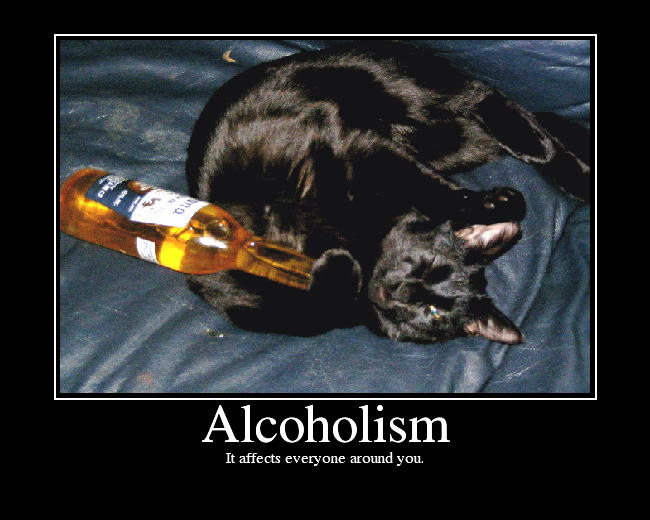
Alcoholism is also known as alcohol dependence and alcohol use disorder. It occurs when you drink so much that your body eventually becomes dependent on or addicted
Alcoholism
Alcohol dependence or Alcoholism is "a primary, chronic disease with genetic, environmental and psychosocial factors influencing its manifestations and development."
Types of alcoholism:
Type 1 alcoholism: It is developed in adulthood, early in the twenties. It is most often associated with the desire to relieve stress and anxiety and is not associated with any antisocial or criminal behavior.
Type 2 alcoholism: It develops earlier, usually during the teenage years. Type 2 alcoholism is associated with violence, destructiveness, and other criminal and antisocial behavior.
Characterization of Alcoholism:
Alcohol affects every body system, Problems include memory disorders, poor nutrition, difficulty with balance and walking, cirrhosis and hepatitis, muscle weakness (including the heart), anemia, high blood pressure, gastrointestinal inflammation and irritation, heart rhythm disturbances, clotting disorders, decreased immunity to infections, acute and chronic problems with the pancreas, high blood fat content, low blood sugar, interference with reproductive fertility, increased risk of cancer of the liver, esophagus, and breast, sleep disturbances, anxiety, weakened bones and depression.
Causes: stress and peer behavior
Symptoms: Vomiting, Decreased heart rate, Wernicke's syndrome and Korsakoff's syndrome, loss of memory, Numbness and tingling in the arms and legs. Ulcers, bleeding, pain in the stomach.
Diagnosis:
Treatment:
Detoxification: It involves helping the person stop drinking and ridding his or her body of the harmful (toxic) effects of alcohol. Because the person's brain and body has become accustomed to alcohol, the alcohol-dependent person will most likely develop withdrawal symptoms and need to be supported through them. Mild withdrawal symptoms include nausea, achiness, diarrhea, difficulty sleeping, sweatiness, anxiety, and trembling.
Disulfiram (Antabuse) is a drug which, when mixed with alcohol, causes unpleasant reactions including vomiting, nausea, diarrhea and trembling.
Naltrexone helps to reduce the brain's craving for alcohol.
Acamprosate works by reducing anxiety and insomnia that often occur when habitual drinkers become abstinent.
Alcohol, addiction, disulfiram, genetics